$210.00 – $3,800.00
- Product Name: 2-FEA & 3-FEA Pellets
- Active ingredients: 2-(40 mg) and 3-(120 mg) FEA hydrochloride
- CAS number: N/A
- Molarity: 217.7 g/mol
- Effect: Stimulation and euphoria
- Use: Research and analysis purposes
- Legality: Illegal in many countries
- Buy: Available at Chemical Planet
SKU: N/A
Categories: Phenethylamines, Research Chemicals
2-FEA & 3-FEA
What is 2-FEA?
2-FEA is a stimulant of the amphetamine class, closely related to 2-FMA, also known as 2-fluorothamphetamine. Various stimulations and euphorias are the result of scientific research on 2-FEA and 3-FEA. Theoretically, 2-FEA increases levels of serotonin, norepinephrine, dopamine, monoamines, and neurotransmitters.
What is 3-FEA?
3-Fluorothamphetamine, also known as 3-FEA, is a novel ring-substituted amphetamine compound that, upon administration, produces a combination of stimulant and entactogenic effects. Structurally, 3-FEA is related to several designer fluorothamphetamines, including original compounds such as 2-FA, 2-FMA, 3-FA, 4-FMA, and 4-FA. Funachaps
Analyses of the pharmacological, toxicological, and subjective effects of 3-FEA in humans are still required, similar to those of its parent compound, 3-FA. Anecdotal reports indicate that 3-FEA produces a moderately strong serotonin-dominant sensation. This triple monoamine releaser is characterized by a combination of mildly stimulating and entactogenic effects.
3-FEA has a very short history of recreational use for human purposes. Due to its strong psychostimulant effects, likely addictiveness, and unknown toxicity profile, it is strongly recommended that appropriate measures be taken to minimize harm when using this substance.
Chemical properties (2-FEA & 3-FEA)
3-FEA, also known as 3-fluoroethamphetamine, is a synthetic compound belonging to the chemical class of amphetamines. Alpha-methylated phenethylamine forms molecules of the amphetamine class. It is derived from a phenyl ring and is bound to an amino group (NH2) via an ethyl chain. In these molecules, Rα is replaced by a methyl group.
3-FEA is the fluorometric analogue of ethylamphetamine, also called ethamphetamine, at three positions. It is also an analogue of fenfluramine, with the 3-trifluoromethyl group replaced by a 3-fluoro substituent.
Pharmacological effects
Although 3-FEA has not been studied as extensively as conventional amphetamine, it appears that, like other substituted amphetamines at similar positions, it acts primarily as a triple reuptake inhibitor and/or releaser of a monoamine neurotransmitter, affecting serotonin, dopamine, and noradrenaline.
This suggests that 3-FEA effectively increases brain concentrations of the three major monoamine neurotransmitters—dopamine, adrenaline, and serotonin—by acting as a separating agent for these neurotransmitters and/or by binding to and partially blocking the transport proteins that normally separate these molecules from synaptic saliva after they have fulfilled their function of facilitating the transmission of a nerve impulse. This transporter blockade allows these molecules to accumulate at an extraendogenous level in the synaptic core regions of the brain. This results in a combination of sedative, stimulant, energizing, and euphoric effects associated with the replacement of amphetamines with entactogens such as MDMA or 4-FA.
The most commonly reported effects include:
Sedation and stimulation
Perception of physical pain
Unplanned physical experiences
Physical euphoria
Touch amplification
Possible side effects include:
Unusual heartbeat
Increased heart rate
Increased blood pressure
Increased sweating
Loss of temperature regulation
Headache
Vasoconstriction
Dehydration
Dry mouth
Difficulty urinating
Appetite suppressants
Pupil dilation
Teeth grinding
Diarrhea
legality
3-FEA is imported as an illegal substance in:
Austria
Germany
New Zealand
Switzerland
Great Britain
This list is not exhaustive. Please familiarize yourself with the legal situation in your country before ordering.
Product Name: 2-FEA & 3-FEA Pellets
Product details: 2-(40 mg) and 3-(120 mg) FEA hydrochloride. Other ingredients: MCC, colloidal silicon dioxide, sodium stearyl fumarate, sodium starch glycolate, E102.
Details about 2-FEA hydrochloride:
Another name for it is 2-fluoroethamphetamine hydrochloride.
1-(2-Fluorophenyl)-2-ethylaminopropane hydrochloride is the IUPAC name.
CAS: Not applicable
Molar mass: 217.7 g/mol
Details about 3-FEA hydrochloride:
Another name for it is 3-fluoroethamphetamine hydrochloride.
1-(3-Fluorophenyl)-2-ethylaminopropane hydrochloride is the IUPAC name.
CAS: Not applicable
Molar mass: 217.7 g/mol
Learn more about 2-FEA and 3-FEA
Dive into the fascinating chemistry of 2-FEA and 3-FEA. Learn about their properties, applications, and current developments. For more information, visit the Wikipedia page on amphetamines.
| Quantity | 25g, 50g, 100g, 250g, 500g, 1000g |
|---|
Be the first to review “Experience the power of 2-FEA & 3-FEA: Ultimate joy” Cancel reply
Related products
Arylcyclohexylamines
Rated 4.20 out of 5
$22.00 – $80.00
Arylcyclohexylamines
Rated 4.17 out of 5
$19.75 – $78.75
Popular Chemicals
Rated 3.93 out of 5
$22.40 – $2,400.00
Arylcyclohexylamines
Rated 3.94 out of 5
$16.00 – $437.50
Popular Chemicals
Rated 4.08 out of 5
$260.00 – $3,900.00


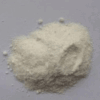
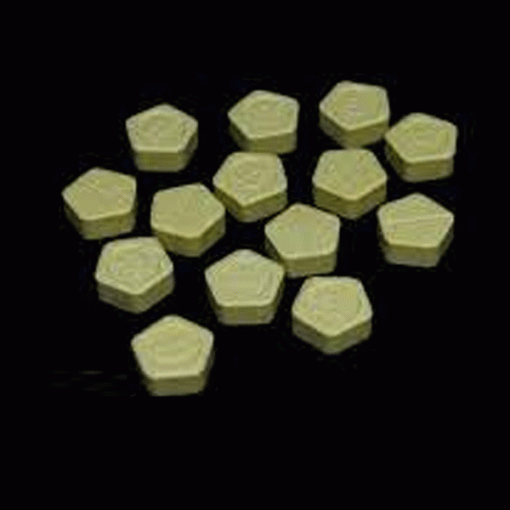
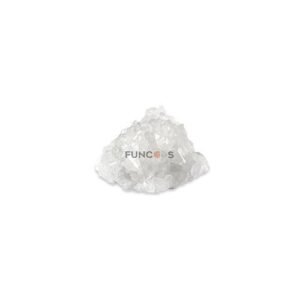
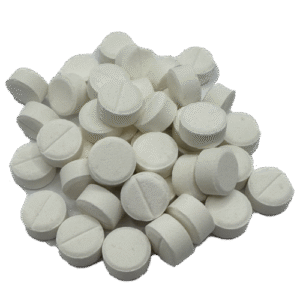
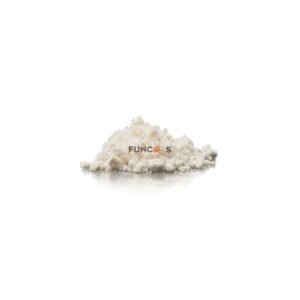
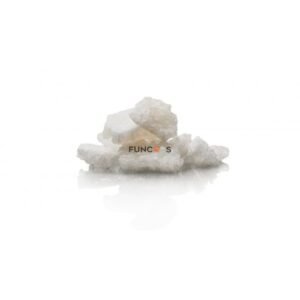

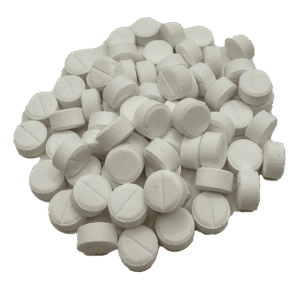
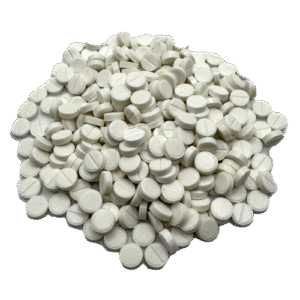
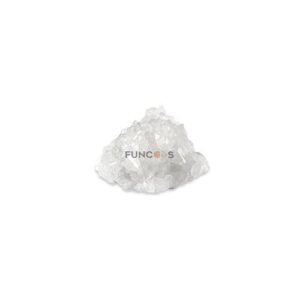
Reviews
There are no reviews yet.